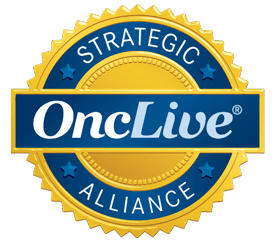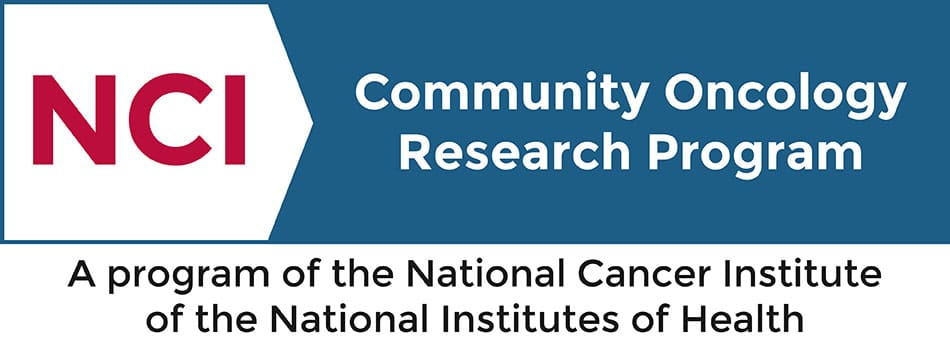Breast cancer patients often agree that they lacked information regarding early detection methods before their diagnosis. Being informed helps people understand the importance of early cancer detection and its impact on their own health. Though there are different types of breast cancer, improved survival starts the same way for each – with regular screening exams. The American Cancer Society reports that “breast cancer death rates declined 40% from 1989 to 2016.” This progress is attributed to improvements in methods of early detection.
Speak with your doctor about breast cancer screening and be sure to discuss your own medical history and your family history. It is never too soon to start the conversation and begin your education.
Breast Cancer Screening: What You Need to Know
Breast cancer screening is an essential part of your health plan. Identifying precancerous conditions or cancers when they are small improves patient survival. Guidelines exist for breast cancer screening that help to determine when you should be getting screened. These are based on several factors.
Fixed Risk Factors:
- Women are much more likely to develop breast cancer than men.
- Breast cancer risk increases with age, with most breast cancers developing after the age of 50.
- Inherited gene mutations are found in approximately 5% to 10% of breast cancer patients, with the most common gene related to breast cancer being the BRCA1and BRCA2 gene mutations.
- Breast cancer risk increases if your parent, sibling, or child has had breast cancer.
- Dense breast tissue increases breast cancer risk and can make breast masses harder to detect on imaging studies and physical examination.
- Previous history of breast cancer increases the chance of developing a new breast cancer.
Lifestyle Risk Factors:
- Unhealthy weight or obesity, especially after menopause, increases the risk of developing breast cancer.
- Lack of exercise can increase the risk of breast cancer.
- Women who have never had children, have children after 35, or never breastfed are at greater risk for developing breast cancer.
- Post-menopausal hormone replacement lasting longer than five years and some birth control pills can raise the risk of developing breast cancer.
Goals of cancer screening:
- Finding precancerous conditions before they become cancer.
- Discovering cancer as early as possible, so that it is easier to treat and cure.
Screening Recommendations:
You may not be sure if you’re eligible for breast cancer screening, but staying informed is the best way to be proactive about your health. It is important to understand the current screening guidelines, signs, and symptoms of breast cancer and to know how to get a mammogram, the most common type of breast cancer screening today.
Current recommendations for when to begin breast cancer screening, in patients without increased risk, are as follows:
- At age 40, you should begin having screening mammograms on a yearly basis.
- Patients with a family history should begin yearly mammographic screening 10 years before the youngest first-degree relative was diagnosed (parent/sibling). Other supplemental screening may also be recommended.
- Patients who are determined to be at high risk, or have a genetic mutation, should begin screening between ages 25 and 30, typically beginning with a baseline MRI.
Types of Imaging Screening:
Several different imaging modalities are used for breast cancer screening. If you are eligible for breast cancer screening, discuss these with your doctor, who will then request the appropriate method for you.
Mammogram:
A screening mammogram is used to look for signs of breast cancer in women without breast symptoms or problems. X-ray pictures are taken of each breast, using standardized views.
Mammographic images use lower doses of radiation than x-rays performed for other body parts. The breast is compressed between two plates to spread the breast tissue apart. This technique gives a better-quality picture, allowing for more accurate identification of abnormalities within the tissue.
A diagnostic mammogram is used to look at the breast if something was detected on the screening mammogram or for patients with focal breast symptoms. Extra images are performed to better assess the breast tissue in the area of imaging or clinical concern. Women who have had breast cancer in the past may also have a diagnostic mammogram performed on their early post-treatment follow-up.
Ultrasound:
Targeted breast ultrasound is a non-invasive test often used for further assessment of findings on screening mammogram, breast MRI, or on clinical breast exam.
Whole breast ultrasound is a supplemental screening test performed in asymptomatic patients which may be included because of dense breast tissue on mammography or in patients calculated to have elevated lifetime risk for developing breast cancer.
Breast ultrasound can also be used to help guide needle biopsies of findings detected by targeted or whole breast ultrasound.
Breast Magnetic Resonance Imaging (MRI):
Breast MRI uses radio waves and strong magnets to make detailed pictures of the breast tissue. The patient goes into a tube-like structure while images are taken. A special MRI intravenous dye is utilized. Breast MRI can be recommended as a screening test in patients with high calculated risk for breast cancer or may be performed if abnormal or indeterminant findings are detected on other imaging studies. It is also sometimes used during cancer treatment to assess responses to therapy or aid in surgical planning.
Molecular Breast Imaging (MBI):
MBI is sometimes used as a supplemental screening tool, often in patients with dense breast tissue, but utilizes a higher radiation dose and is therefore not recommended to be performed on an annual basis.
Breast Cancer Signs and Symptoms
In addition to getting regular screenings according to the above guidelines, it is important to be familiar with how your breasts look and feel. The more familiar you are with your breasts, the more likely you will be to notice any changes that may occur that could be cause for concern.
A new lump or mass in the breast should always be investigated. Many lumps are benign – or not cancerous – but if you discover one, contact your doctor right away, as breast cancer can present as a new lump. Other signs and symptoms of breast cancer may include:
- Swelling or shrinkage of the breast compared to the other breast
- Breast or nipple pain
- Skin dimpling
- Bloody nipple discharge
- Nipple retraction
- Red, dry, flaking, or thickened skin of the breast or nipple
- Swollen lymph nodes under the arm or near the collarbone
Be aware of any of these signs while also adhering to your normal screening schedule.
If you are diagnosed with cancer during testing, your doctors will work closely with you to determine the appropriate course of action and appropriate treatment plan.
__________________________________________________________________________
Be proactive about your breast health with Capital Health’s Center for Comprehensive Breast Care. To schedule breast imaging, make an appointment by calling 609-394-6695, or submit a call-back request by clicking here.



